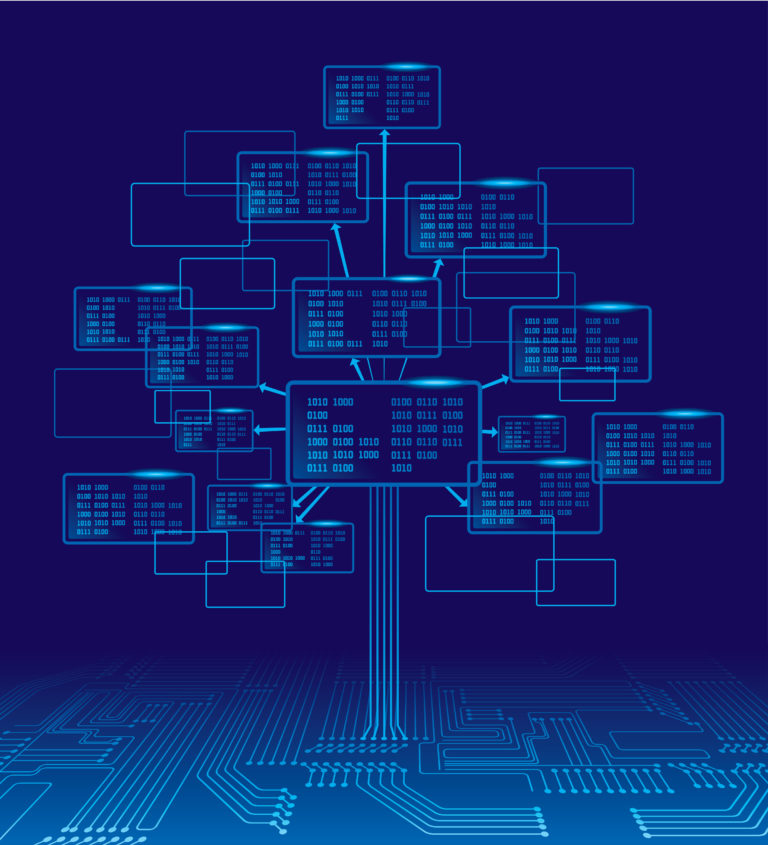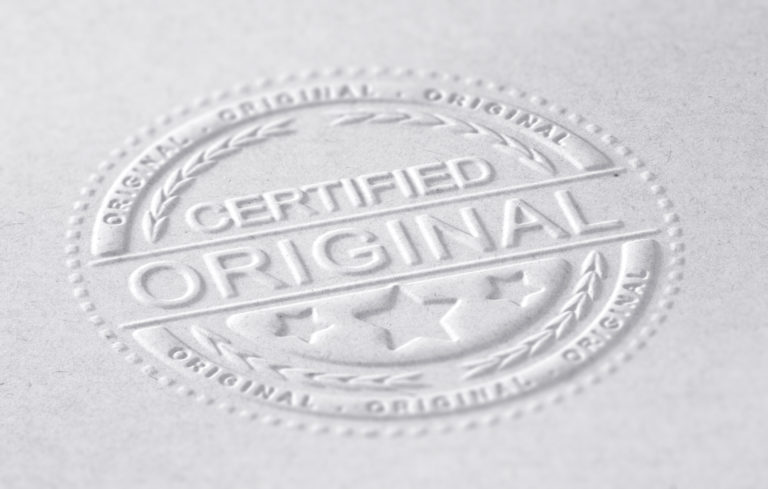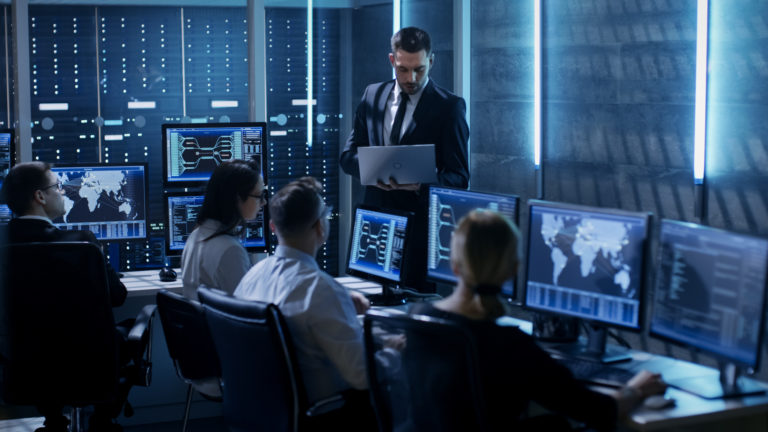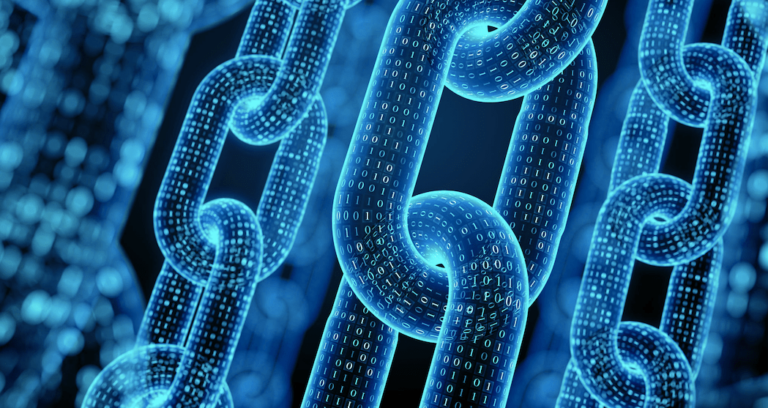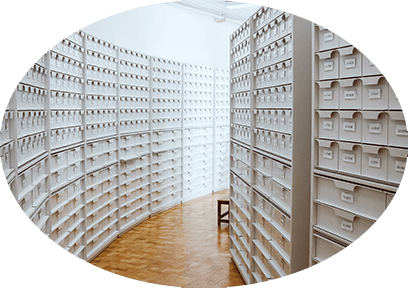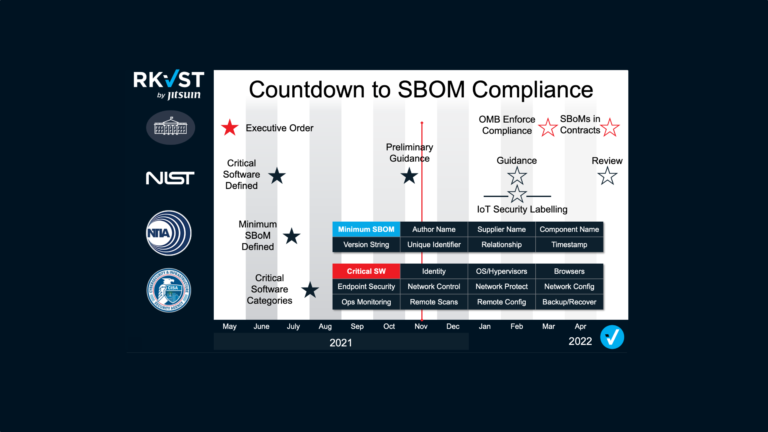This week, Australian authorities recovered a tiny capsule, just 6mm x 8mm (0.24 x 0.31 inches) along a 900km section of Australia’s longest highway, the Great Northern Highway. The pea-sized capsule was a radiation gauge containing caesium-137, a radioactive material with a half-life of 30.05 years, that is used to measure the density and flow of materials in the mining, and oil and gas industries. The device emits the equivalent of 10 x-rays every hour when near it and therefore posed a health risk to anyone who may pick it up unknowingly or handle it unaware of its radioactive properties.
Australia’s recovery effort highlights the robust regulatory and emergency response system in place for radioactive sources in Australia. And, while Australia and some other countries maintain national incident databases, only 36% of countries maintain an active registry of radioactive sources that would allow regulators to track sources.[1] Blockchain technology may be able to help.
Transporting radioactive sources
Each year, more than 20 million shipments containing nuclear and radioactive material take place globally by land, sea, and air. Of these, just 5% are related to nuclear power production with the majority of shipments related to the transport of radioactive sources which are devices containing radioactive substances that are of high value for industry, medicine, agriculture, energy, and research. They range from radioactive sources such as Ce-137 used in the gauge above to Americium-241 in smoke detectors, and to molybdenum-99 (Mo-99) and its decay products used for medical diagnostic imaging or therapy.
Over the past six decades, there has not been a reported transport accident with serious radiological consequences, demonstrating that a strong safety and security culture is embodied by governments and industry. The system is not without challenges though as stakeholders grapple with a long supply and regulatory chain, long, usually circuitous distances from producer to end user, and increased costs from delays and denials of shipment for radioactive sources. This is of particular importance for medical isotopes which are time-sensitive due their perishable half-lives that can last from days to only hours. In 2020 and 2021, disruption from the grounding of the worldwide passenger airline fleet and closed borders meant patients and medical staff could not import medical radioisotopes and radiopharmaceuticals. A smooth system for facilitating transport is therefore critical for security of supply.
Accidents happen
As do thefts. The Incident and Trafficking Database (ITDB), hosted by the International Atomic Energy Agency (IAEA), contains information voluntarily reported by participating States. In its 2021 report, the IAEA stated that about 49% of all thefts reported to the ITDB since 1993 have occurred during the authorised transport of nuclear and radioactive materials. Over the past decade, this figure has grown to almost 60%, underscoring the need for an enhanced and coordinated approach to transport. The IAEA report also noted that the radioactive material has yet to be recovered in 57% of the total reported cases of thefts.
In the Australian case, no foul play was suspected with authorities believing that screws and a mounting bolt were jostled loose by vibrations from the truck, causing the capsule to fall out of the package, then out of a gap in the truck. The gauge was found broken when unpacked on January 25 after it had traveled from the Gudai-Darri mine site north of Newman, Western Australia to Perth for repairs, leading to a state and nation-wide effort to locate the small silver capsule.
As with the case in Australia, accidents happen and radioactive sources can become dislodged during transport. They can also become dislodged from equipment and not discovered or retrieved, or inadvertently lost when a piece of equipment is disposed of before its radioactive source is removed. Radioactive sources outside of regulatory control are considered “orphaned sources”, often ending up either sold or disposed of as scrap metal, causing expensive clean-up measures and an increased risk of radiation exposure among unaware sellers, buyers, workers, and public. Accordingly, it is important to have a record of what happened when, giving visibility into the whereabout of every radioactive source.
Regulation at the source
When in transport, nuclear and other radioactive material are designated Class 7 Dangerous Materials and are accompanied by a long, usually multimodal, supply chain subject to different regulations spread across different jurisdictions, involving producers/manufacturers, transporters, port authorities, airports, customs, airlines, shipping lines, forwarders and finally the end user.
Regulatory complexity reflects the nature of the material but can also lead to misinterpretation causing delays in transport and denial of shipments which in turn cause further delays, longer routes, and increased costs. The lifecycle of a radioactive source involves a large set of actors, particularly when a source goes missing. In some countries, upwards of twenty or more different national and local authorities can be involved and kept apprised.
How blockchain can help
Imagine if an authoritative, distributed archive shared securely along the supply and regulatory chain enabled industry and each regulator to have their own copy of the ledger, alongside confidence that the data was the same, and immutable across all participants. A single source of the truth would eliminate delays related to lost or incomplete paperwork, streamlining the permitting process while tracking the lifecycle of a radioactive source, including when there is a loss of control.
With compliance policies built in, a distributed archive for radioactive sources would facilitate transport, potentially reducing delays and denials of medical isotopes which are particularly time-sensitive and perishable with half-lives that last from days to only hours. By consolidating, then distributing data, blockchain technology can mitigate the months’-long disruptions that some countries experienced in 2020 and 2021 for importing medical devices. Distributed ledger technology (DLT) won’t be able to prevent accidents like the one in Australia from happening during transport, but it can provide the right people with the information they need, quicky and easily, to make the critical decisions that will ensure exposure to radiation is kept to a minimum when these accidents happen.
[1] https://www.ntiindex.org/recommendation/track-radioactive-sources-throughout-life-cycle-and-follow-end-of-life-management-guidance/

